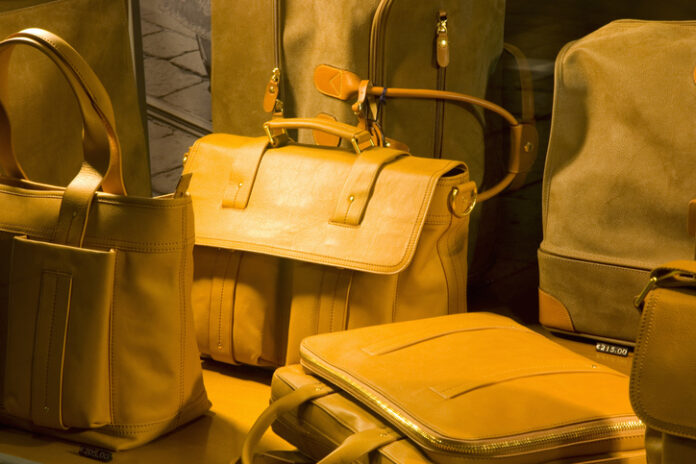Luxury brands in China, such as Versace and Burberry, are slashing prices up to 50% on Alibaba’s platform due to a market slump, threatening brand prestige and exclusivity.
Key View: Challenges in China’s Luxury Market
Luxury brands are slashing prices by up to 50% on Alibaba’s Tmall Luxury Pavilion due to a slump in China’s luxury market. This is linked to the country’s slowing GDP growth and widespread pay cuts. While e-commerce boosted sales during the pandemic, it now risks brand prestige through aggressive discounting.
The Quandary of Luxury Retail in China
Mainland China’s luxury retail sector is transforming due to aggressive discounting strategies. Brands are compelled to offer substantial discounts to attract price-sensitive consumers. However, this strategy risks diluting the perceived value of luxury products, eroding exclusivity, and weakening long-term appeal. Luxury retailers must balance digital presence, pricing strategy, and customer engagement to navigate this complex retail environment.
In recent years, luxury retailers in Mainland China have been engaging in aggressive discounting to boost sales, but this strategy has inadvertently exposed the dilemma of luxury retail in the region. On the one hand, luxury brands are under pressure to meet sales targets and maintain market share, particularly in a slowing economy. However, on the other hand, discounting undermines the very essence of luxury, which is built on exclusivity, scarcity, and high prices.
Aggressive discounting has become a necessary evil for many luxury brands in China, where consumers have become accustomed to deep price cuts during holiday seasons and special promotions. However, this has led to a vicious cycle of discounting, where brands are forced to offer deeper and more frequent discounts to keep up with competitors. As a result, luxury goods have lost their allure, and consumers are no longer willing to pay full price.
Moreover, discounting has also created a gray market for luxury goods in China, where counterfeiters and parallel importers take advantage of price disparities between official channels and the black market. This has further eroded the credibility of luxury brands and made it difficult for them to maintain their luxury image.
The aggressive discounting strategy has also led to a shift in consumer behavior, where luxury goods are no longer seen as a symbol of status and exclusivity but rather as a commodity to be bought at the lowest price. This shift has significant implications for luxury brands, which must now rethink their business model and find new ways to engage with consumers who are no longer loyal to the brand but rather driven by price.
Furthermore, the discounting strategy has also put pressure on luxury brands to sacrifice their profit margins, which can have long-term consequences for their business sustainability. As a result, luxury brands are facing a difficult dilemma: to discount and risk damaging their brand image or to maintain prices and risk losing market share. Ultimately, luxury retailers in Mainland China must find a balance between maintaining their luxury image and meeting the changing demands of their consumers.
Source : Aggressive discounting exposes the dilemma of luxury retail in Mainland China


